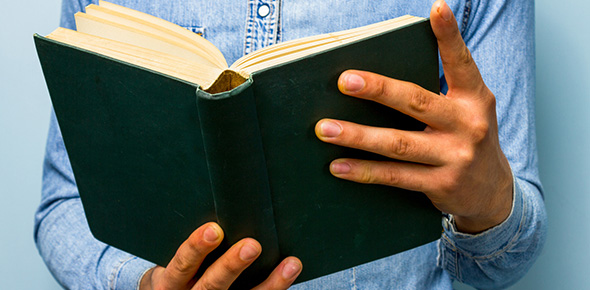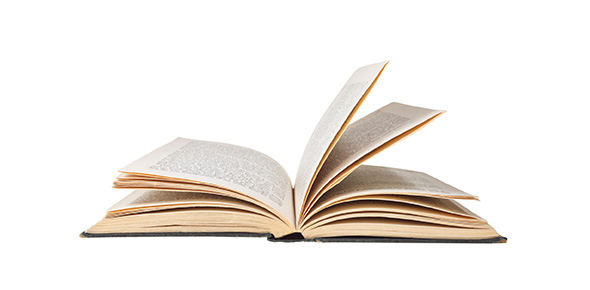Related Flashcards
Related Topics
Cards In This Set
| Front | Back |
|
Hypatia of Alexandria
|
Who: Hypatia of Alexandria
When: AD 350–370 Where: Alexandria What: Last Librarian of Library of Alexandria; Mainly known for her violent death at the hands of an irate Christian mob Why: Women Mathematician. |
|
Sir Isaac Newton
|
Who- Sir Isaac Newton
When- December 25, 1642 – March 20, 1727 OR January 4, 1643 – March 31, 1727 (New style and Old Style dates) Where- England What- Newton's three laws of motion Inventing calculus ♥ Why- Newton's laws are extremely important in physics as a whole. When looking at different things like the mechanics of an object one would try to understand it by looking at the forces acting upon it like gravity or magnetic fields |
|
Leibnez
|
-Studied in the fields of law, politics, logic, philosophy, religion, mechanics, and optics.
-Invented a calculating machine that could multiply, divide, and extract roots. -After correspondence with Newton (aka Denny), developed a system of differential calculus. (Later, caused a controversy between who really discovered it first). Why: Was turned down as a youth when applying for a degree in law which led him to grow more serious towards mathematics. Where: Leiprig, Germany |
|
Pythagorous
|
What: Pythagorean theorem
Discovered irrational numbers Created Pythagorean school for philosophy and math. School in Croton taught with sayings, parables, and codes When: 580BC-500BC Where: Greece, Samos, Egypt, Croton Why: Believed that numbers ruled the universe. |
|
Benjamin Banneker
|
Who: Benjamin Banneker
What: Made a wooden clock with great precision Studied astronomy and predicted the solar eclipse correctly Published almanac and Ephemeris Was appointed to survey Washington DC Became pamphleteer for anti-slavery movement When: 1731-1806 Why: Left legacy for great precision in clocks and proved to his society that Black people were just as smart Where: America |
|
Gauss
|
Who - Karl Friedrich Gauss
When - April 30, 1777-Feburary 23,1855 Where - Germany What - arithmetic seriese, normal distribution, disquistiones arithmeticae Why - when Gauss was 10 years old, teacher gave very hard problem to students and gauss was only one who solve that problem, and he discovered arithmetic series - when he was nineteen, he studied about seventeen-sided polygon |
|
Sophie Germain
|
What: -Number Theory -Disguised self as M. Leblanc to submit her works
-Provided partial solution to Fermat's Last Theorem -Created Law of Vibrations of general curved and plane elastic surfaces -Considered founder of Mathmatical Physics Why: Woman Mathmetician, helped towards proving Fermat's Last Theorem, was praised by the Institut de France and was invited to attend their sessions, and worked with a well-known male mathematicians in the 1820s as an "equal collaborator" to refine her proofs and work in number theory. |
|
Blaise Pascal
|
Who: Blaise Pascal
When: Born June 19, 1623 - Aug 1662 Where: France What: Pascals Triangle ; also credited for theory of air pressure Why: foundation of probability |
|
Albert Einstein
|
WHO: Albert Einstein
WHAT: Theorized the theory of relativity, 1. Laws of physics are same for all observers in uniform motion relative to on another. 2. The speed of light in vacuum is same for all observers, regardless of their relative motion or source of light WHEN: November 1905 WHERE: Born in Ulm, Germany on 3/14/1879 died 4/18/1955 WHY: Theory helps us understand how light works in a vacuum, and how motion affects how we perceive time and space. |
|
Galileo
|
Who: Galileo
when:17th century Where:Italy What: physic systematically, scientific method,heliocentric,pendulum Why:believe that theories should be tested |
|
Archimedes
|
Who: Archimedes
What: - Began the study of science of mechanics and science of hydrostatics - His discoveries of buoyancy are summed up in “Archimedes’ Principle” - Worked with trig - Discovered specific gravity - Discovered how to find volume - Pi is sometimes called the “Archimedean number” - He figured that numbers are infinite - Figured out how to measure a circle (circumference and area) - Discovered laws of levers and pulleys - Invented the Archimedean screw When: 287 BC - 212 BC Where: Greece Why: - Laid groundwork for development of calculus which is important in things like space travel and rockets - His work on trig is important because engineers, astronomers, navigators etc need trig - All modern measurements of solids began with Archimedes - All modern measurements of curvilinear surfaces (circles, ellipses, hyperbola) started with Archimedes - Developed higher mathematics - His discovery of volume helped with measuring things like how much oil a pipeline can carry - His work on volume helped scientists figure out the weight of the sun, moon, earth |
|
Leonhard euler
|
Leonhard Euler
when: 1707-1783 where: Born in Basel, Switzerland; spent most of his time doing math in Russia what: F + V = E + 2; E^(i)(pi) + 1 = 0 why: first formula created relationship between edges, vertices, and faces of polyhedra; second formula established a connection between the 5 fundamental numbers in mathmatics |
|
Grace Hopper
|
Grace Hopper
who:world's foremost pioneer in field of computer programming what: -helped build first mass produced computers -used mathematical algorithms to create complex computer programs where:America when:(1906-1992) why:helped us make easier calculations and helped with advancement of technology |
|
Leonardo Fibonacci
|
Fibonacci
- who: also known as Leonardo Pisano or Leonardo Fibonacci. he was an Italian mathematician born in Pisa, Italy. - what / why: - wrote the Liber abaci : introduced Hindu-Arabic numerals to Europe and made it well known. these are the numbers we use in math today. - wrote the Liver quadratorum : considered Fibonacci's masterpiece (thougth not as influential as Liber abaci). concept was that (x^2 + y^2) and (x^2 + y^2) cannot both be squares ; important for determination of the area of rational right triagles. - Fiboncci sequence : was in the Liber abaci. 1, 1, 2, 3, 5, 8, 13, 21, 34, 55......... pattern is Fn = Fn-1 + Fn-2. this pattern is often found in nature. it approaches the golden ratio as it gets closer to infinity - when: 1170 - 1240 - where: Pisa, Italy |
|
Euclid
|
What: - brought rigorous logic to geometry and number theory by deriving theorems from a small number of self evident assertions
- derived proof for Pythagorean Theorem - wrote “The Elements” - brought together various ideas of others and unified them - influenced by Archimedes - number theory When: 335BCE- 270BCE Where: Greece Why: - contributed ideas to geometry with special point of views - Euclidean geometry - proofs |







